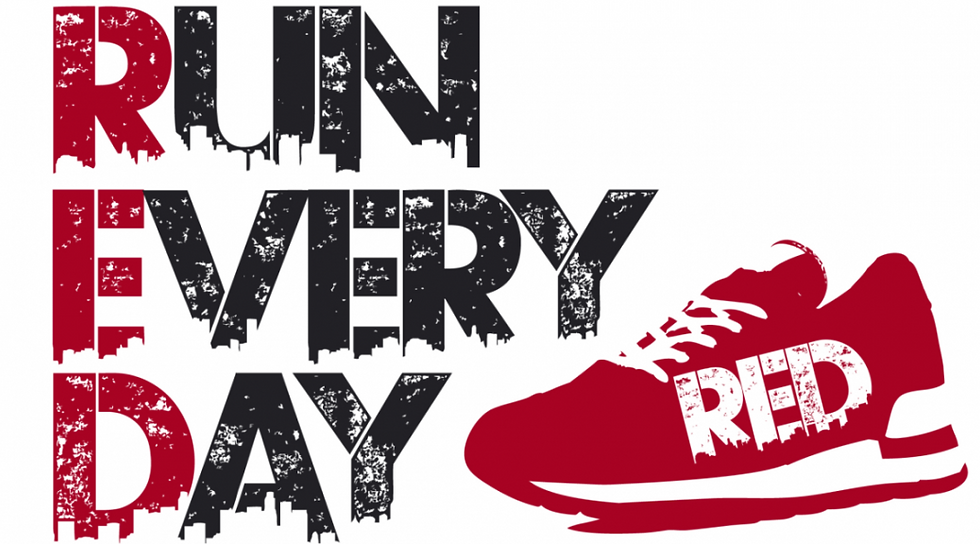You get stronger when you rest, not when you train
- Alexa

- Jan 26, 2020
- 2 min read
You get stronger and fitter when you rest and recover, not when you are training.
That, in a sentence, is the key to the topic of recovery! I’ve blogged before about how to recover well from your running training; https://www.ontherunhealthandfitness.co.uk/post/fast-recovery-tips and https://www.ontherunhealthandfitness.co.uk/post/eating-for-recovery
Sleep, good food and gentle movement are key, but rest is top of the list!

In the same way that children grow when they are sleeping, that’s when we re-build, adapt and our muscles, bones, joints etc grow stronger. We nee to allow our body the time to recovery in between training sessions in order to improve. Stress + rest = improvement.
This is really important for running as it’s a high impact sport and very repetitive, so the forces involved are high and frequent. We can feel the soreness when we’ve pushed our muscles and they need to repair; what we don’t feel as much is the stress we’ve applied to our bones, ligaments, tendons, cartilage and joints. These too need time to heal, adapt and grow stronger, they just taken longer to do it.
Two key areas I always look at in people’s running are rest days and recovery weeks. Let me explain more;
Rest days
As always my exact advice varies a lot from runner to runner, mostly driven by their sport and running history, but here are some guidelines;
- Aim for at least one rest day a weekHave another rest or non-impact exercise day where you cross train
- If you are new to running or returning from injury have 2-3 rest days a week and don’t run or do impact exercise on consecutive days
- Consider ditching “recovery runs” for something else that’s low/no impact and works on aspects of your fitness you want to improve to compliment your running.
Recovery weeks
Recovery weeks are something I include with every runner I work with, but again the specifics vary;
- Every 3-4 weeks have a recovery week
- In this week total distance drops and intensity / speed reduces
- I may also drop one, occasionally two, of the weekly runs or swap it for something else
Summary
Using these two strategies together I can work to ensure that runners get the time their bodies need to adapt to the training I’m setting and grow stronger and fitter, helping to avoid injuries, niggles and the risk of over training.







Comments